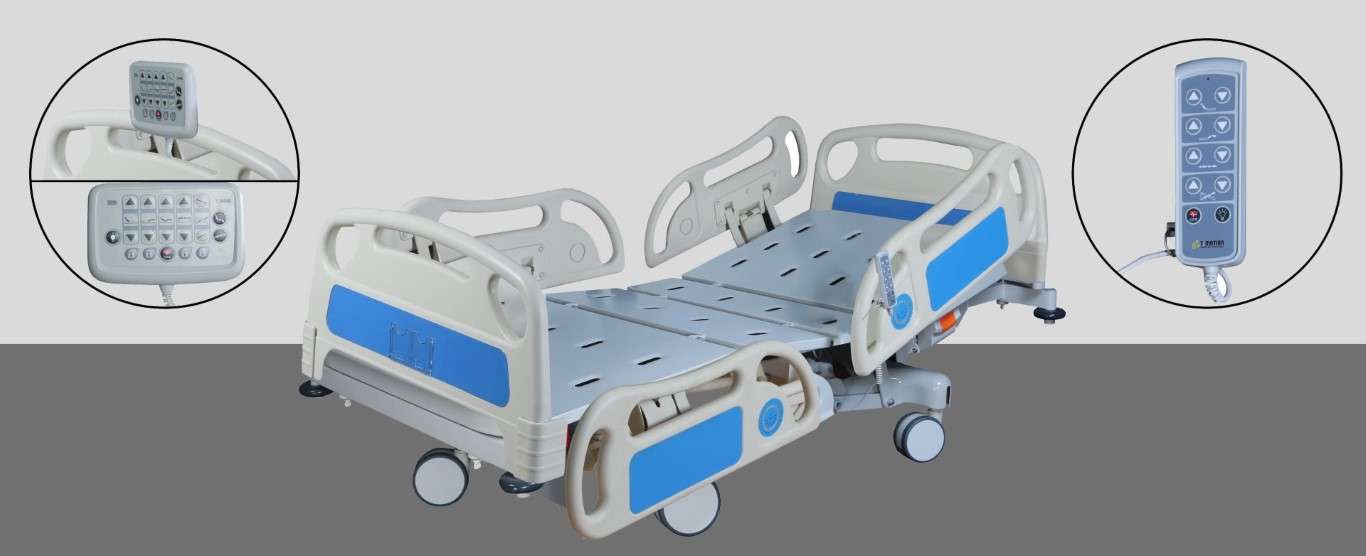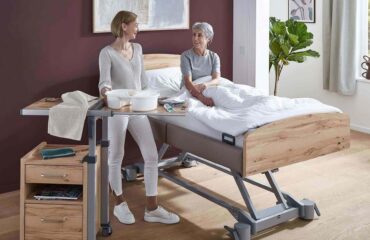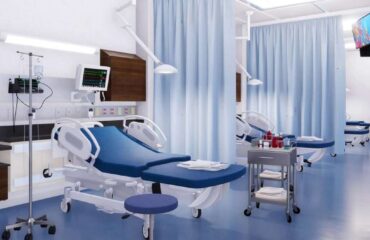An ICU (Intensive Care Unit) bed differs from other hospital beds in several ways:

Advanced Monitoring Features:
ICU beds are equipped with advanced monitoring devices to constantly track vital signs such as heart rate, blood pressure, oxygen saturation, and respiratory rate. This allows healthcare providers to closely monitor critically ill patients.
Mechanical Ventilation:
ICU beds often come with built-in mechanical ventilation systems or connections for ventilators. These are crucial for patients who require respiratory support due to conditions such as acute respiratory distress syndrome (ARDS) or severe pneumonia.
Mobility and Positioning:
ICU beds typically have more adjustable features, allowing healthcare providers to easily change the patient’s position, elevate the head or feet, and perform other maneuvers necessary for patient comfort and treatment.
Accessibility to Medical Equipment:
ICU beds are designed to accommodate various medical equipment such as infusion pumps, cardiac monitors, dialysis machines, and bedside ultrasound machines. This ensures that necessary equipment is readily accessible for patient care.
Pressure Redistribution Surfaces:
Many ICU beds are equipped with pressure redistribution surfaces to prevent pressure ulcers, which are common in patients who are immobile for long periods.
Specialized Features for Patient Safety:
ICU beds may include features like siderails, bed exit alarms, and integrated scales to enhance patient safety and prevent falls or accidents.
Space for Caregivers:
ICU beds often have ample space around them to accommodate multiple healthcare providers who may need to attend to the patient simultaneously during critical procedures or emergencies.
Overall, ICU beds are designed to provide intensive care and support for critically ill patients, with features tailored to their specific medical needs and the close monitoring required in these settings.


